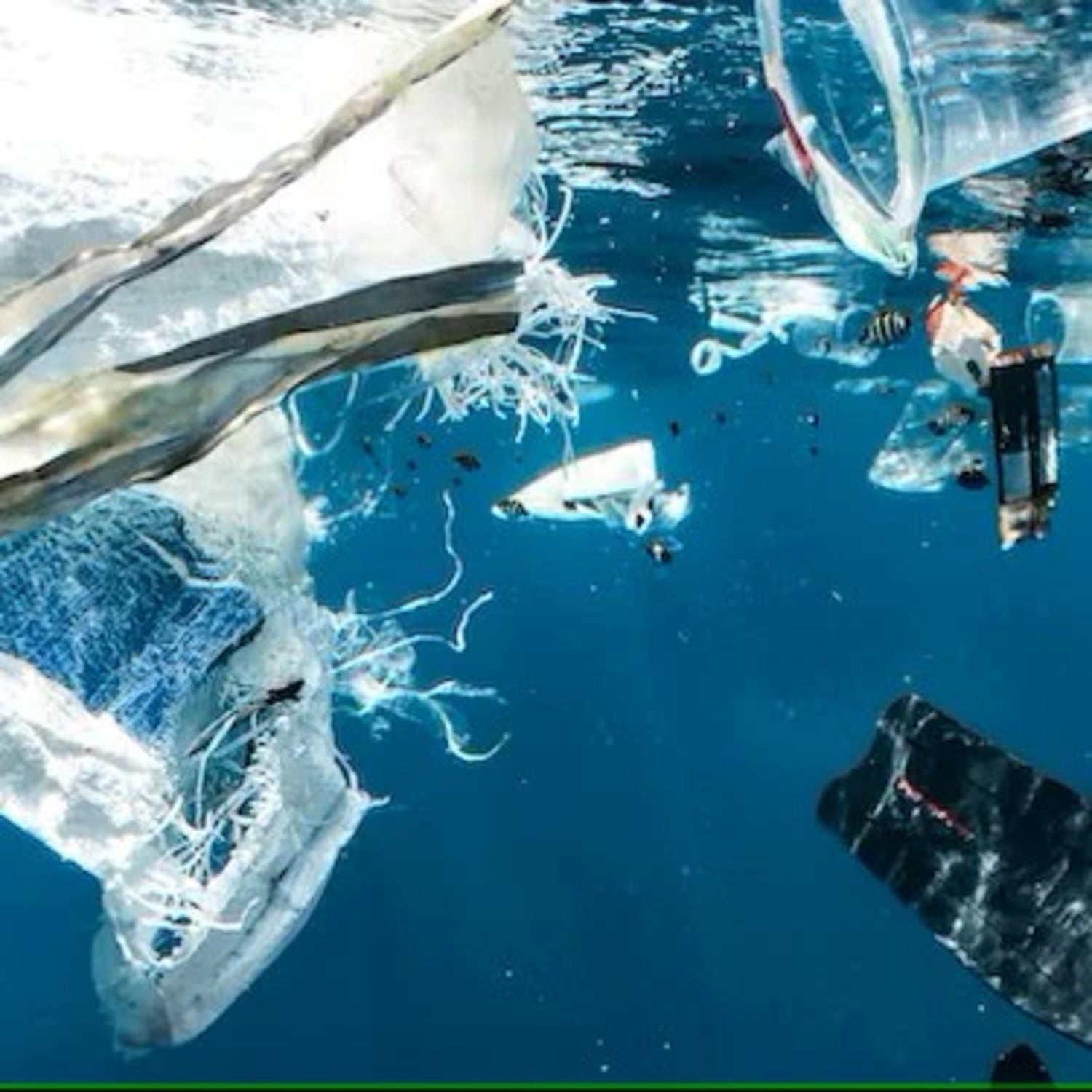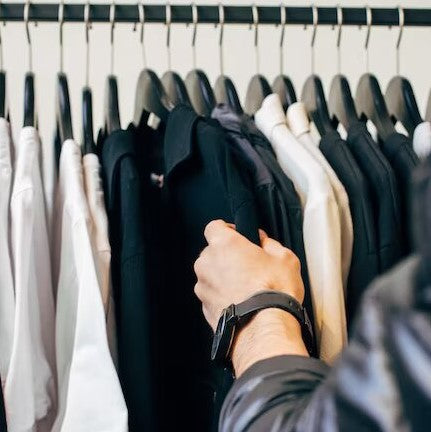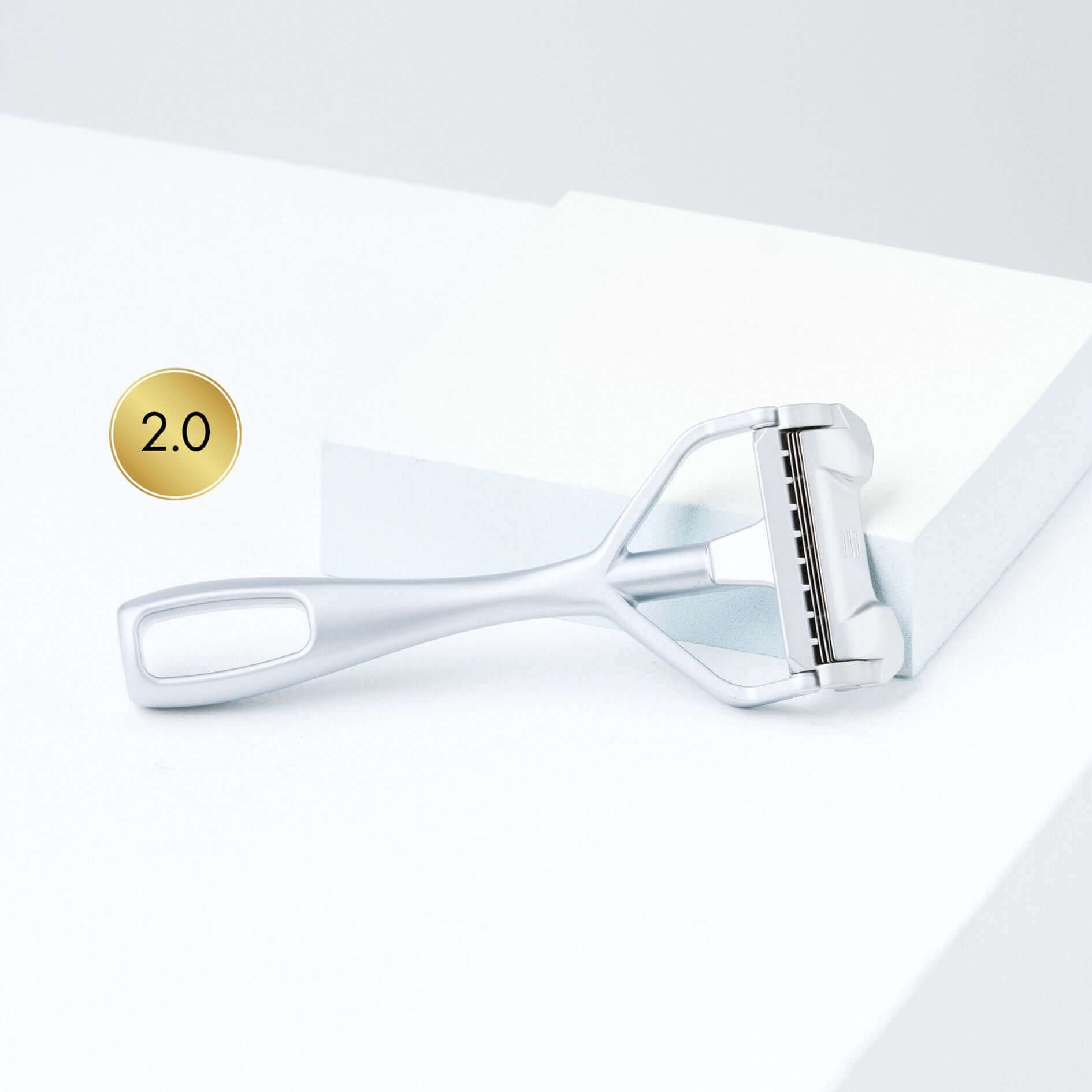“Every little piece of plastic that was made in the last 50 years and ended up in the ocean is still there somewhere.” – Tony Andrady, chemist at the American Research Triangle Institute

Many tons of plastic float in the sea and collect in huge garbage whirlpools - this is very problematic and a danger to people and animals.
There is a lot of plastic in our seas. Most people know that. But how critical is the situation really?
The SHAVENT team cares deeply about this topic and we want to draw attention to it. That's why we've put together a few facts for you here. And we promise, they will shock you!
- 88% of the world's ocean surface is polluted by microplastics. A frightening number. According to a study by the Leibniz Center for Tropical Marine Research (as of August 2020), there are around 399,000 tons of plastic on the water surface alone. However, only 15% of all marine waste floats on the surface. The majority sinks to the ground.
- The microplastics end up in our drinking water or food and are therefore very harmful to humans.
- The amount of plastic in our oceans is life-threatening for animals. They get caught in the nets or mistake the plastic particles for food, eat them and die. For example, two-thirds of seabirds worldwide have plastic in their stomachs. Whales, dolphins and turtles get caught in fishing nets and drown in agony.
The largest and most famous garbage patch in the world is the "Great Pacific garbage patch".
- This garbage patch is located in the North Pacific between North America and Asia.
- Garbage accumulates there due to ocean currents.
- In 2018 it had already reached a size of four and a half times the size of Germany, so it should be even bigger by now😱.
- There are 80,000 tons of plastic in the North Pacific, which is as much as 8 Eiffel Towers. Or to put it another way, there are 1.8 trillion pieces of plastic floating in the Great Pacific garbage patch, which is 230 pieces per inhabitant on earth.
In addition to the Great Pacific Garbage Patch, there are four other garbage patches in our oceans. In the South Pacific, the North and South Atlantic and the Indian Ocean.
Why is each and every one of us to blame for this plastic catastrophe in our seas?
Germany is the sad record holder in Europe for the production of packaging waste. But that's not the only reason: Germany still exports a large part of its plastic waste to other countries, but there it is not always disposed of properly and then ends up in the sea, for example. So if you think that everything is recycled in Germany and that your plastic bag from your last purchase or your interchangeable head certainly won't end up in the sea, we'll unfortunately have to disappoint you.
But what can you do about it now?
- If possible, eat no fish or as little as possible of industrially caught fish.
- Get involved!💪 Sign petitions or support actions that promote environmental protection.
- But above all: Find out how you can save or even avoid plastic in everyday life.
Since environmental protection and waste prevention are very important to us at SHAVENT, we want to make saving plastic a little easier for you!
In our next blog post you will find a few tips on how you can easily become plastic-free in your everyday life.
Because: We only have one planet and we all have to help and take care of it together🌎!
Sources: www.careelite.de (September 14, 2022), www.bracenet.net (September 14, 2022)











